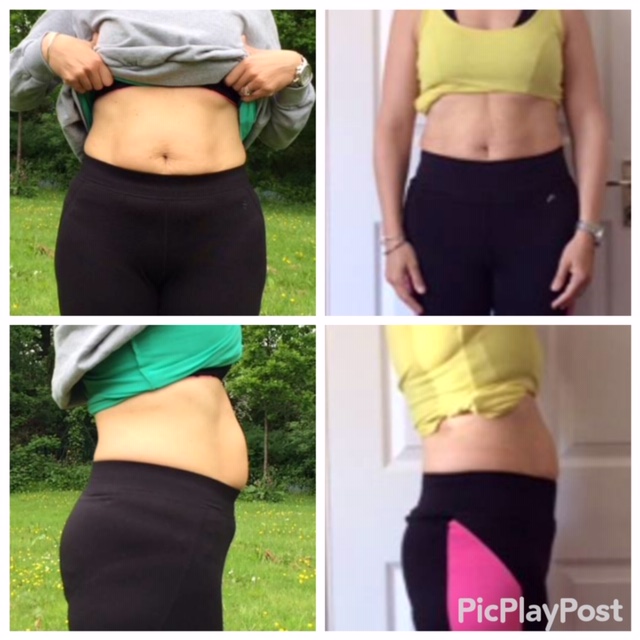
Diastasis Recti is simply the separation of the Rectus Abdominal muscles. During pregnancy the tummy expands and due to the hormone, relaxin, the connective tissue between these muscles thins and lengthens allowing the Rectus Abdominis muscles to separate making additional room for the growing baby. The separation will often be recognised, usually in the second trimester, as a cone like protrusion as you perform actions like sitting up in bed. Therefore, it’s recommended that during pregnancy we roll onto our side prior to sitting or standing to allow other muscles to do the work as this takes pressure off the abdominal muscles.

What happens after pregnancy?
In the majority of cases Diastasis Recti spontaneously improves to within a normal range by 8 weeks postnatal, yet studies show that about 40% don’t improve on their own and specific restorative exercises are needed. Visually a diastasis can make you look like you’re still pregnant, you can feel disconnected to your abdominal area due to the muscles being weak and lengthened. When lying down or relaxed your abdominal area may look more normal yet the ridge will become more prominent whilst coughing, sneezing, sitting up or straining, this is due to too much intra-abdominal pressure against a weak structure.
What if I don’t do anything about it?
Due to the weak structure of your abdominals this can affect the whole core, as well as your abdominals the entire core include the diaphragm, lower back muscles and pelvic floor therefore if the Diastasis isn’t addressed you may suffer from:
- a weak lower back
- weak abdominals resulting in lower back pain and pelvic instability which can cause aches, pains, discomfort to the hip and pelvic area
- a weak pelvic floor
- prolapse (66% of those with urology issues have a Diastasis)
- constipation
- pain during sex
- hernia
If you have a Diastasis Recti or feel disconnected from your core/pelvic floor then this Diastasis program is for you. Combining massage therapy, education regarding nutrition, posture, self care, clear advise on helpful and non-helpful lifestyle choices will all be used to improve the function of your core, resulting in a better looking belly and stronger pelvic floor.
Whist suffering with a Diastasis Recti you may be unsure of what you can/cannot do, may have stopped exercise altogether for fear of making it worse, may be unconnected with your abdominal area and feel there’s no core muscles left. By providing a bespoke restorative programme that takes you from the early days of healing right back to a fully restored core where we take into account and strategise the demands of life and motherhood. This programme is dedicated to helping the client understand what’s happened. Knowing the Why’s and What’s matter A LOT!
What do the sessions entail?
A commitment to at least 3 sessions will need to be adhered to in order to ensure you have full commitment to the program. Session 1 will comprise of a full postural, pain, functional and nutritional assessment to identify areas that are painful, tight and not working optimally. This will aid in exercise prescription over the coming 3 weeks.
Session 2 and 3 will be reassessments ensuring progression of exercises are prescribed as and when needed.
At the start of your first session you will receive a resistance band, ball, diastasis booklet and nutritional pack in order to optimise your results.
BOOK AN APPOINTMENT
Diastasis – First 3 sessions
– Follow up sessions
I often have ladies private message me as they are unsure if they are suffering from a Diastasis or not. If this is the case for you an appointment can be made with your GP, midwife or I have created a 25 minute appointment specifically to answer this question for you. Bookings can be made here:
Schedule Appointment















